Food and Drink: Did You Know?
Spanish InfluenceFilipino cuisine is distinct among East Asian cuisines due to the country’s history of Spanish colonization. The Spanish introduced ingredients such as tomato, avocado, sausage, cabbage, potato, and wheat bread, which are unusual or non-existent in other Asian cuisines. ▶ |
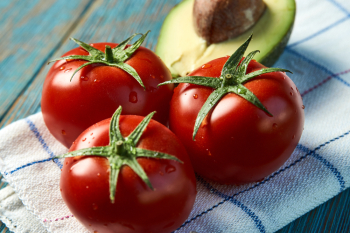 |
Hello, Halo-Halo!This famous Filipino dessert is a colorful mix of shaved ice, evaporated milk, sweet beans, jellies, and fruits, often topped with ube (purple yam) ice cream. ▶ |
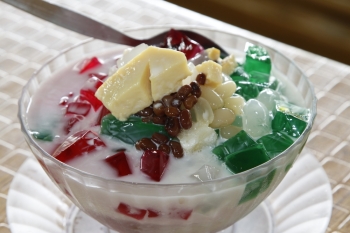 |
Food TaboosSome Philippine families have a taboo food called a kasumpaan. In this tradition, certain meats or seafoods are not eaten out of respect for the respective animal or fish that, according to family lore, saved a distant ancestor’s life. Another taboo in Philippine food culture is the avoidance of eating certain animals associated with bad luck or negative symbolism. ▶ |
 |
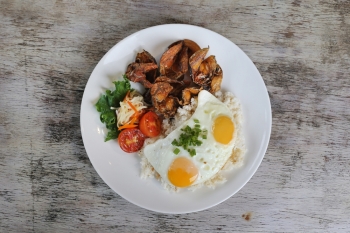 |
Balanced Eating◀ Timbang (balance) is an essential component in the Filipino concept of health, and this is deeply expressed in cooking. Filipinos characterize foods as being hot, cold, or neutral in elemental nature, and believe that eating too many hot or cold foods can produce illness in the body.
|
Flavor ProfilesFilipino cooking often combines three dominant flavors: sweet (tamis), sour (asim), and salty (alat). In some regions of the country, spicy (anghang) is also a base flavor. Among popular sour dishes is the stew called sinigang, which uses tart tamarind as an ingredient. ▶ |
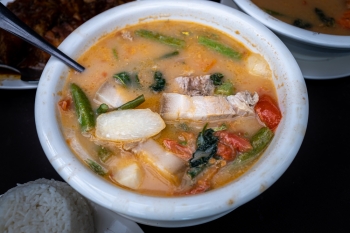 |
Local DelicaciesSome exotic delicacies in Philippine cuisine include balut (a fertilized boiled egg that contains a half-formed chick), crispy chicken nails, roasted crickets called kamaru, and etag. This is pork that is cured in salt and then smoked or sun-dried. ▶ |
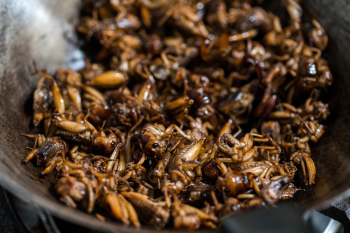 |
Condensed MilkDuring the American occupation of the Philippines after the Spanish-American War, the US military introduced condensed milk, which soon replaced indigenous water buffalo milk as the dairy product of choice. Condensed milk remains popular both for drinking and for use in desserts like Spanish-style flan. ▶ |
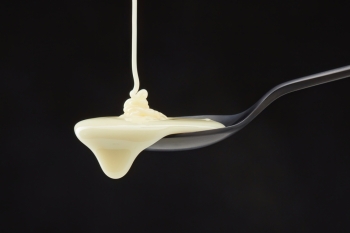 |
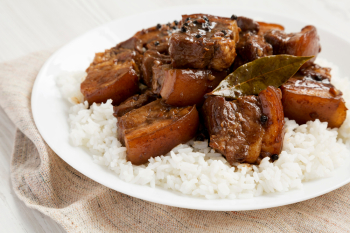 |
They Adore Adobo◀ Adobo is a considered the country’s unofficial national dish and is also a cooking process in Philippine cuisine. The name comes from the Spanish word adobar, which means "to pickle" or "to marinate", although adobo's roots trace back to before Spanish colonization. Filipinos have traditionally preserved food, and marinating meat in vinegar and salt was one method. Meat becomes tender and flavorful after a cooking process that involves stewing in vinegar, soy sauce, and other ingredients. |
Lovin' the LechonWhole roasted pig, or lechon, is a centerpiece of Filipino celebrations and is known for its crispy skin and tender meat. Although lechon comes from the Spanish word “leche” which means milk and refers to the milk-fed suckling pig, roasted pork had long existed in Austronesian cultures. ▶ |
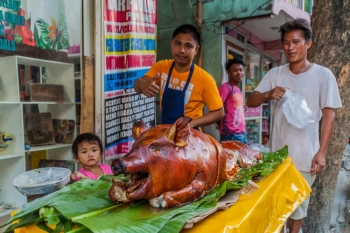 |
Rice as a StapleRice is the staple food in the Philippines, served at almost every meal. Filipinos also enjoy rice-based snacks like bibingka (rice cakes made with coconut milk) and suman (sticky rice wrapped in palm or banana leaves). ▶ |
 |
Banana KetchupInvented by a Filipino scientist in 1930 as an alternative to tomato ketchup, which was expensive to import, banana ketchup is a popular condiment in the Philippines. Bananas grow plentifully in the country, with this condiment made from mashed bananas, sugar, vinegar, and spices. ▶ |
 |
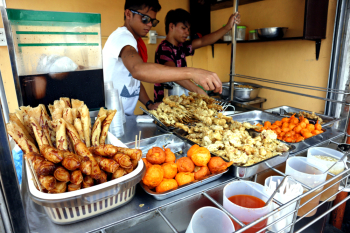 |
Street Food Culture◀ The Philippines has a vibrant street food scene, with some offerings aimed at adventurous eaters. Served with lots of dipping sauces and condiments, diners will find fish balls, squid balls, kikiam (ground pork and minced shrimp meatrolls), isaw (barbecued pig or chicken intestines), betamax (barbecued coagulated chicken blood), and kwek-kwek (deep fried quail eggs). |
Aboard the Bicol ExpressBicol Express is a type of Filipino stew that includes a creamy coconut sauce. Made with cubed pork and chili peppers, it can be made mild or spicy. This is classic comfort food among Filipinos, with the name inspired by the Bicol Express railway train. ▶ |
 |
Purple PowerUbe halaya (or halayang ube) is a dessert made from purple yam, coconut milk, and butter. Ube halaya is the main base in ube/purple yam flavored pastries and ube ice cream, and is often used as a topping for halo-halo. ▶ |
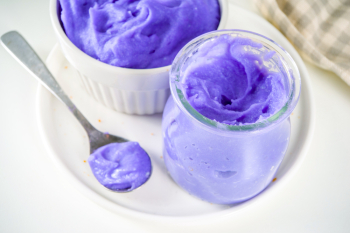 |
Assorted InfluencesFilipino cuisine is influenced by Spanish, Malay, and Chinese cultures, and includes ingredients like jackfruit, coconut, palm nuts, rice, and cassava. ▶ |
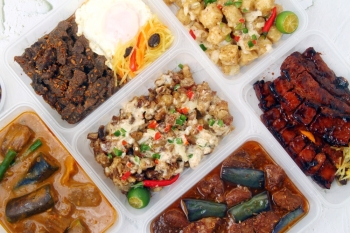 |
Article written for World Trade Press by Carly K. Ottenbreit and WTP Staff.
Copyright © 1993—2025 World Trade Press. All rights reserved.

 Philippines
Philippines